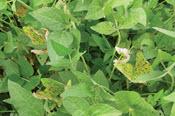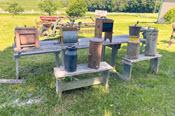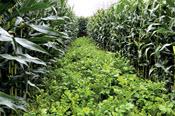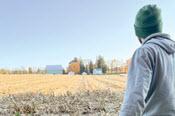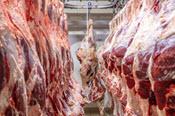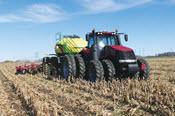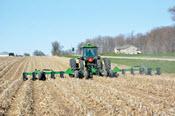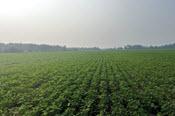Time For Some Soybean Disease Detective Work
Solving the Case for Disease-Free Fields & Higher Yields in 2024
By Paul Hermans
With harvest complete, focus shifts to seed selection for the 2024 growing season and beyond.
Looking back allows us to predict future crop performance. From a soy-bean perspective, we can learn lots from the 2023 growing season to help us succeed in the future. A little detective sleuthing will help us win big – solving crop-scene cases and achieving optimum yields.




